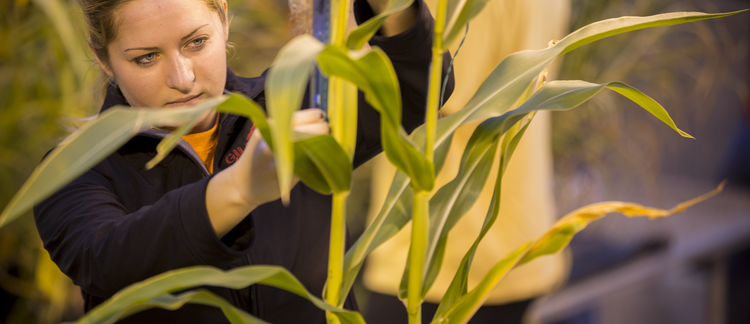Abstract
Plant species diversity has declined rapidly in grasslands, and it is poorly known how to establish and maintain diverse mixtures containing grasses, forbs, and legumes. Each of these groups can be important in at least some situations, with grasses and forbs producing forage and increasing resistance to weeds, and legumes producing forage and maintaining high fertility by fixing nitrogen. There is some evidence that exotic (introduced) plant species and changes in land use are contributing to declines in diversity. Exotic species could be causing declines in diversity in situations where they differ from native plant species in growth rates and other plant traits. However, previous studies were based on correlative data, and we have a poor understanding of whether exotic species themselves are causing direct declines in diversity or if associated land-use changes are causing the declines in diversity.
Keywords: Ecology Evolution and Organismal Biology
How to Cite:
Isbell, F. I. & Wilsey, B. J., (2008) “Effects of High Intensity Grazing and Exotic Plant Species on Grassland Biodiversity and Productivity”, Iowa State University Research and Demonstration Farms Progress Reports 2007(1).
Downloads:
Download pdf
View PDF
237 Views
110 Downloads

